I would walk 500 miles 🚶♂️

🌎 The Big Topic: Learning to Walk Again
Eight years ago, I started a job that I could walk to in 30 minutes, a surprisingly common commute time throughout history. With a walking commute, there’s no such thing as a traffic delay and I occasionally stopped at Slipstream or the now-shuttered Dolcezza for coffee and a pastry.
I arrived at work physically energized, a prelude contrasting with the subsequent hours of sitting in front of a computer screen. On the walk home, I delighted in watching neighborhood dogs, whom I dubbed the Real Housepups of Logan Circle, scurry around the base of the Gen. Logan statue while their humans chatted nearby.
One month my office promoted a competition to award bragging rights to the department whose employees took the most steps. Some of my colleagues took this competition very seriously and raced to the treadmills to goose our department’s numbers.
I wanted to participate but needed to find my own way. I loathe gyms because they combine physical stress with the mental boredom that comes from mindless repetition. I worked out at the U Street Vida gym ten years ago and don’t fondly recall the monotony of staring at the concrete ceiling above the weight room or glaring at the fire station across the street. (Engine 9 still has a 9-shaped patio.)
I decided to try very long walks. Sidewalks are free and the scenery is constantly changing. In fact the French have a word, flâneur, for a person who wanders the city to observe it. French writer Charles Baudelaire coined the word in the 19th century when Baron Haussmann’s forceful introduction of boulevards, sewers, parks, and street cleaning, transformed Paris from a squalid medieval town to the elegant metropolis we know today.
Likewise, Washington is a city of grand avenues. Pierre L’Enfant, a French immigrant whose design skills far exceeded his political acumen, drew out broad, straight avenues to afford a “reciprocity of sight,” meaning you can stand at one monument, civic building, circle, or square, and look down a broad street to the next one.
These grand avenues were meant to be monumental, so I chose three of them to walk end-to-end:
- Massachusetts Avenue from Bethesda, Md., through D.C. to the Prince George’s County line (9.6 mi / 15.4 km)
- 16th Street NW from Silver Spring, Md., to the White House (6.3 mi / 10.1 km)
- Connecticut Avenue from Chevy Chase, Md., to the White House (5.1 mi / 8.2 km)
These long walks were immensely more stimulating than a treadmill: the scenery changed every few seconds and I gradually noticed the buildings get older, taller, and closer together as I approached downtown.
When you walk, instead of drive or bike, you can easily stop in a split-second to look at a colorful flower, an eccentric yard sculpture, or a religious temple you didn’t know existed. People assume all embassies are lavish, but some are charmingly modest.
I intermittently reinitiated some long walks over the intervening years, especially during the depths of the pandemic, but these walks were more meandering, not defined end-to-end avenue walks. Many of these outings involved walking through Rock Creek Park (more on that later).
This summer I want to walk three more avenues:
- East Capitol Street and the Mall (de facto West Capitol Street in my mind) from Capitol Heights, Md., to the Lincoln Memorial. (8 mi / 12.8 km)
- Pennsylvania Avenue from Georgetown to Southern Avenue. (7 mi / 11.2 km)
- Georgia Avenue and 7th Street from the Wharf to Silver Spring. (7.4 mi / 12 km)
These walks could be completed in three hours. Breaks to sip coffee, eat pastries, explore shops, or admire the scenery will make the trips a little longer and more memorable.
I didn’t always have a fondness for walking. As a kid, I dismissed walking as a slow and boring means of transportation. Like with art or natural wonders, I didn’t yet appreciate walking’s other virtues.
📺 The Screen

Ripley (Netflix)
This eight-part series is the latest screen adaptation of Patricia Highsmith's 1955 novel The Talented Mr. Ripley. Andrew Scott (recently in All of Us Strangers) stars as Tom Ripley, a petty conman whom an American shipping magnate dispatches to Italy to repatriate his shiftless dilettante of a son.
The start of the series is filmed and set on the Amalfi coast, a color saturated cliffside landscape that requires no effort to stun viewers. However, the series casts aside bright stucco façades and azure seas for a moody, desaturated, black-and-white cinematography. Watch closely and you'll see how windows and passageways routinely frame shots.
The story is suspenseful even if the few gruesome scenes are painfully tedious. I'm still pondering a few recurring clues: what is that cat in Rome looking at and is Caravaggio, whose paintings appear in every episode, a metaphor for Ripley?
Furthermore, is Ripley gay? Highsmith denied it, but director Anthony Minghella’s 1999 version, The Talented Mr. Ripley, starring Matt Damon and Jude Law, grappled with the same question.
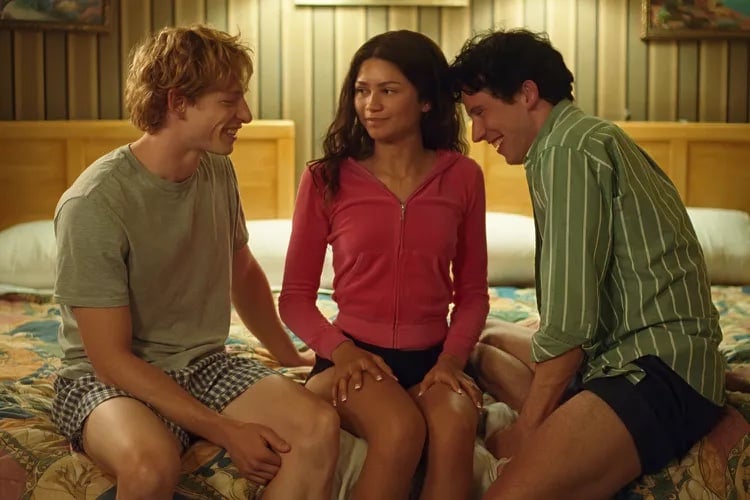
Challengers (in theaters)
Follow the 13-year course of the relationship, ranging from friendship to sex to romance to hostility, among three professional tennis players: Art (Mike Faist), Patrick (Josh O'Connor), and Tashi (Zendaya, of Spider-Man, Dune, and Euphoria fame).
Both men compete for Tashi’s attention, but their friendly competition is itself complicated. Watch the director deconstruct Art and Patrick’s churro scene and you’ll see what I mean.
The game of tennis is an underrated yet prominent character in the movie. Director Luca Guadagnino, who also directed Call Me By Your Name (2017), made tennis thrilling, filming shots from the perspective of a tennis ball darting each way across the court.
Each character’s relationship with tennis is as complicated as their relationship with each other.
🕺 Wandering Around Washington

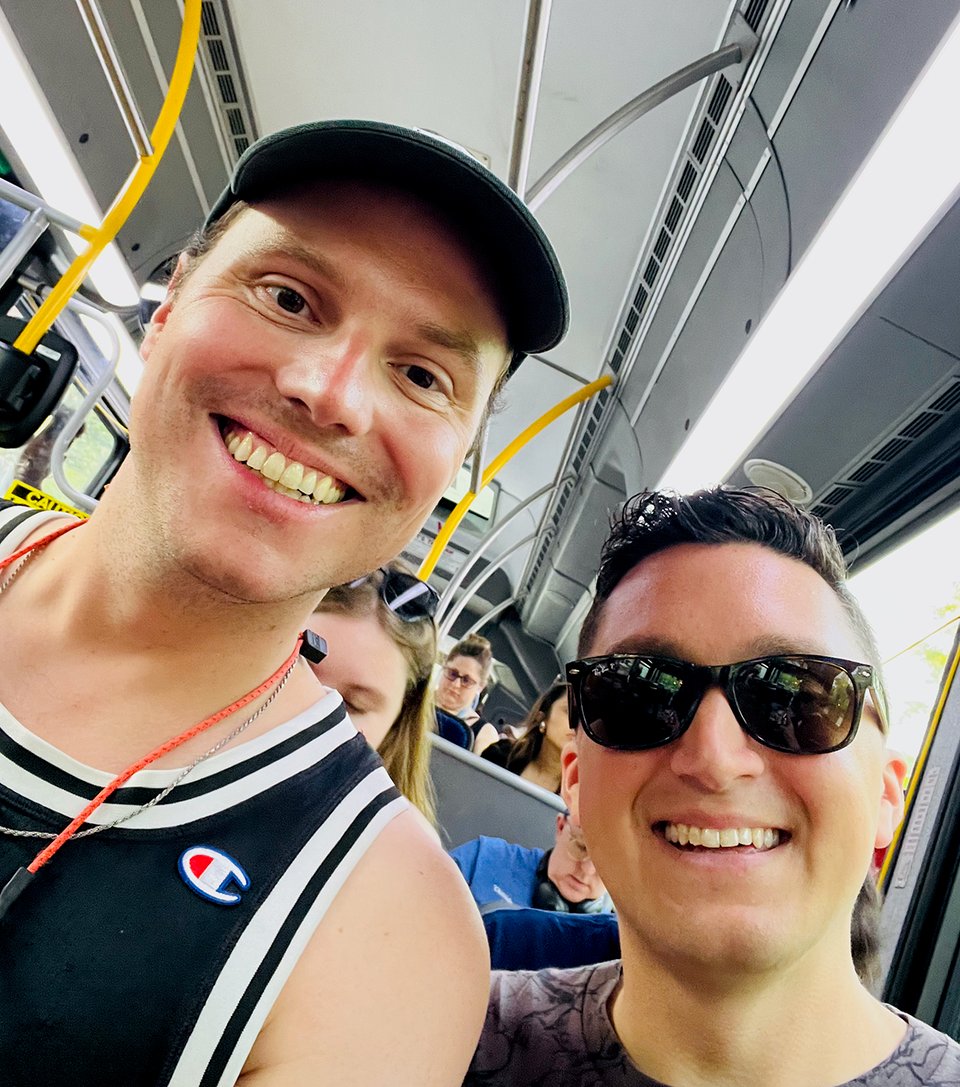
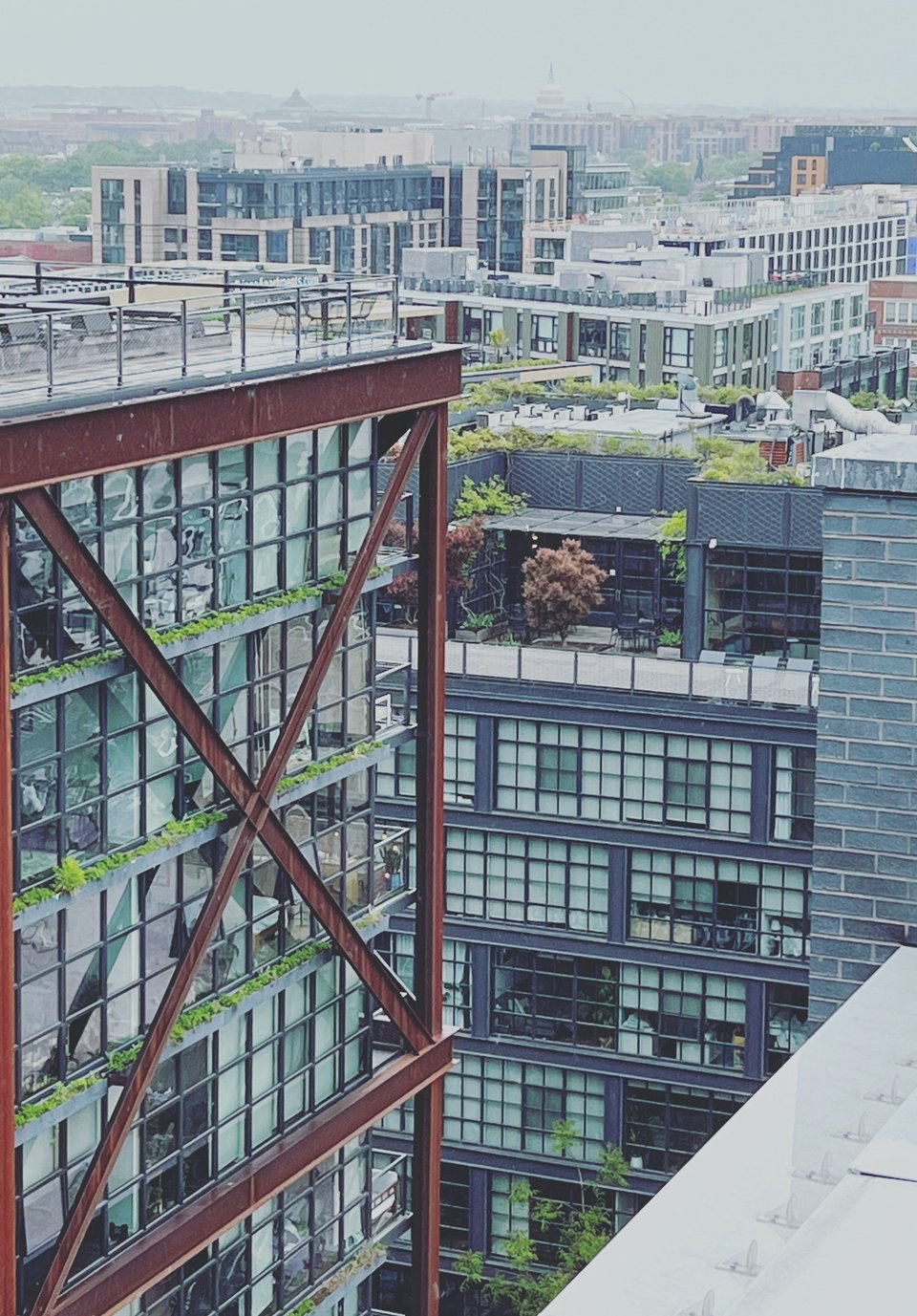


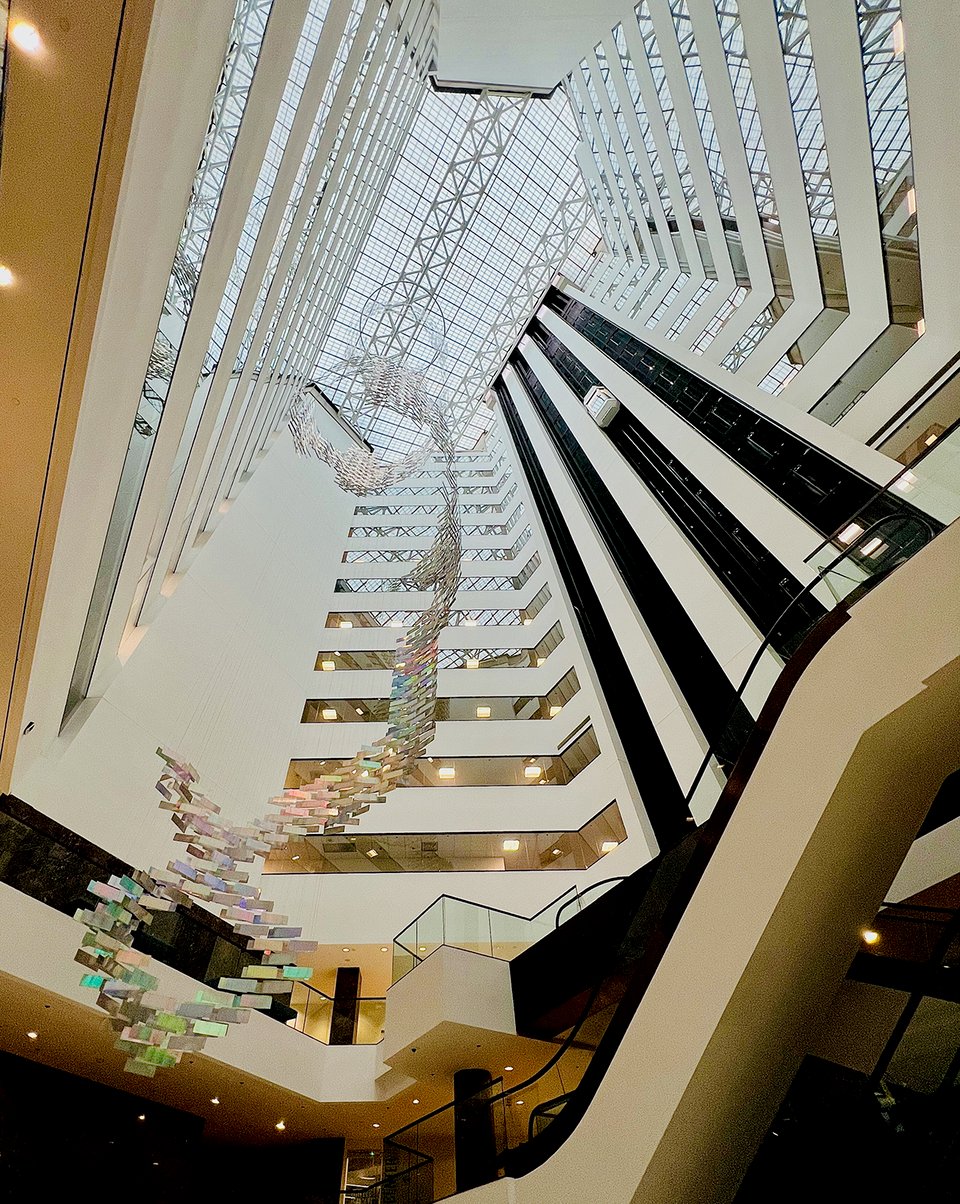
I had Tuesday, April 16 off from work so I visited D.C.’s northernmost boundary stone and walked 12 miles home via Rock Creek Park, Georgetown, downtown, and Logan Circle.
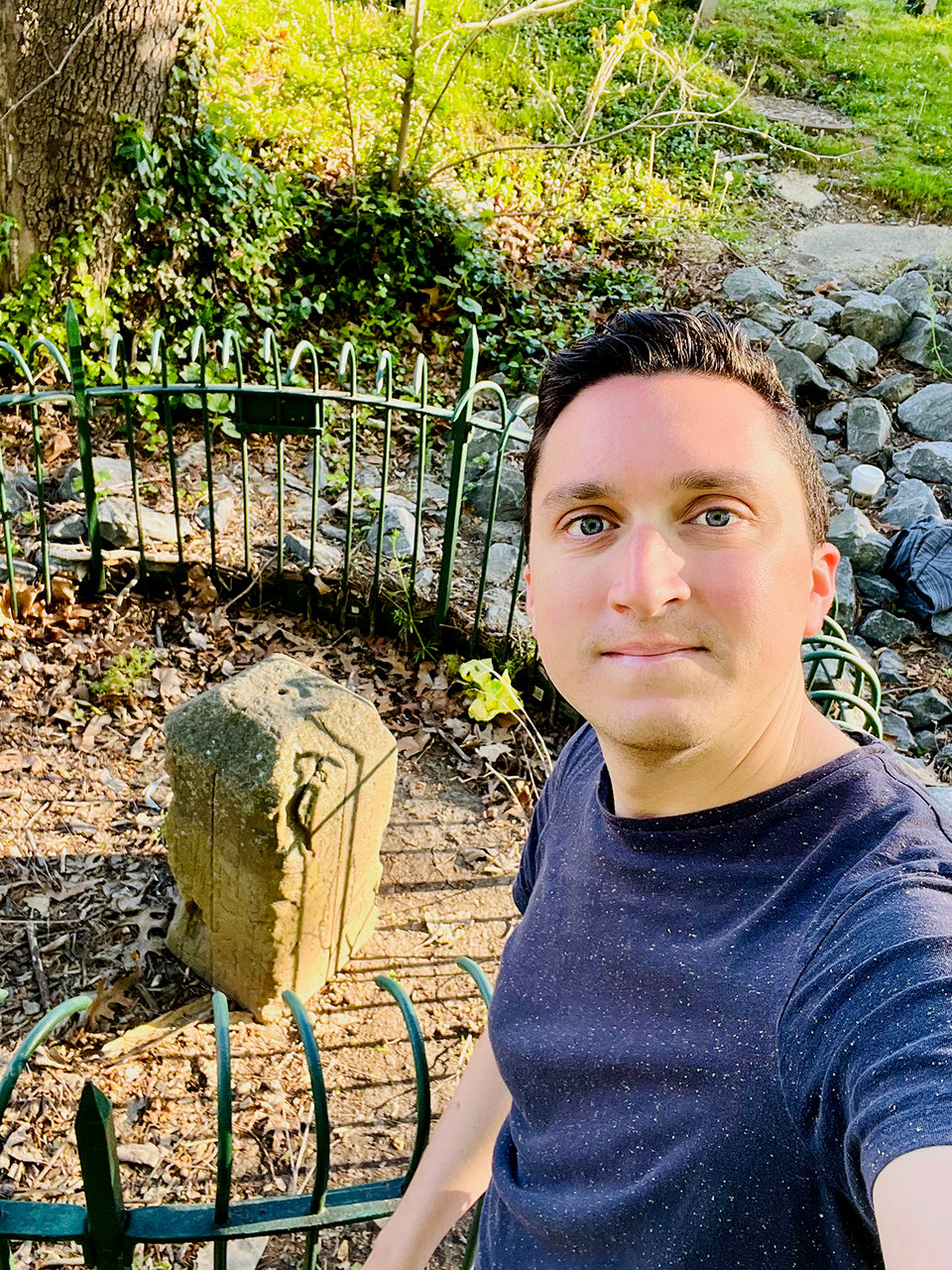
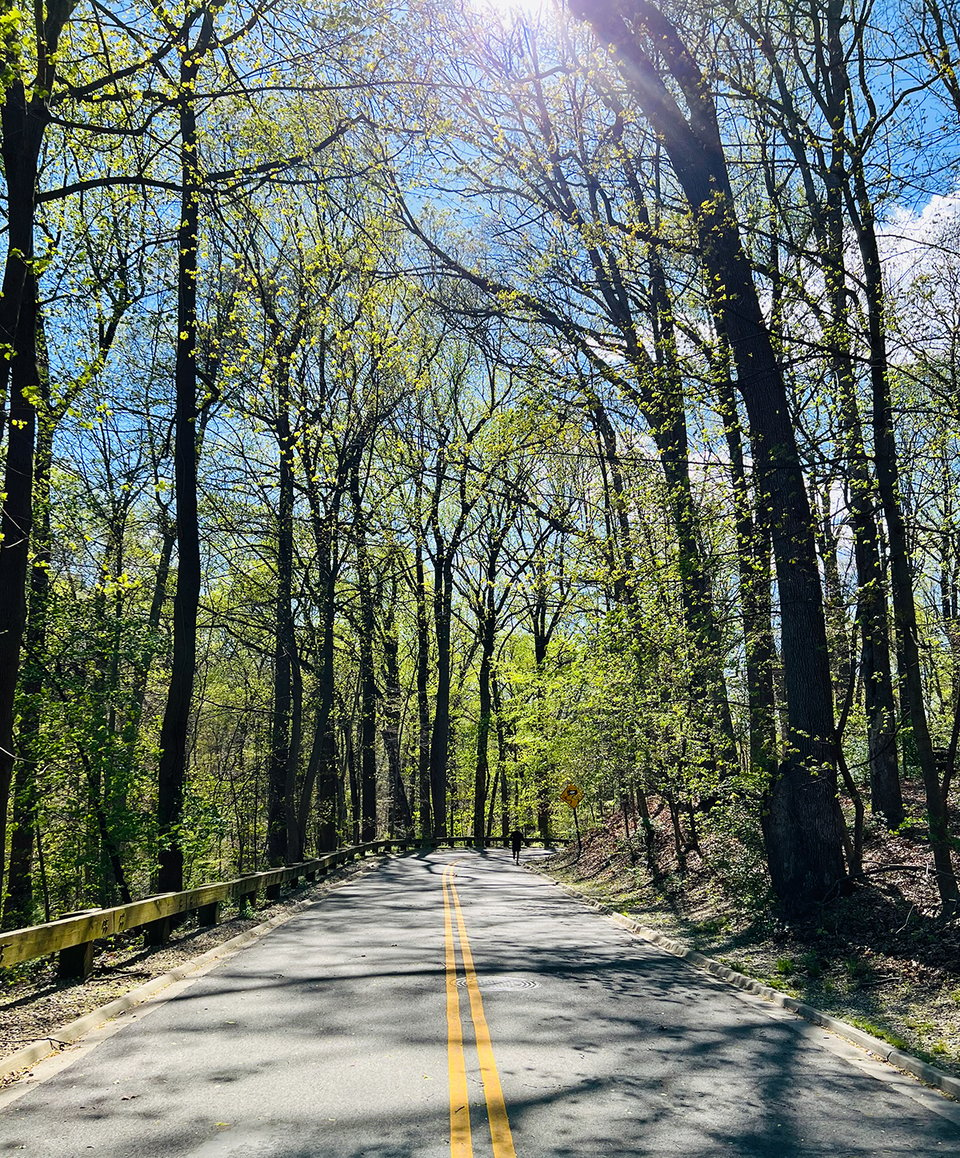
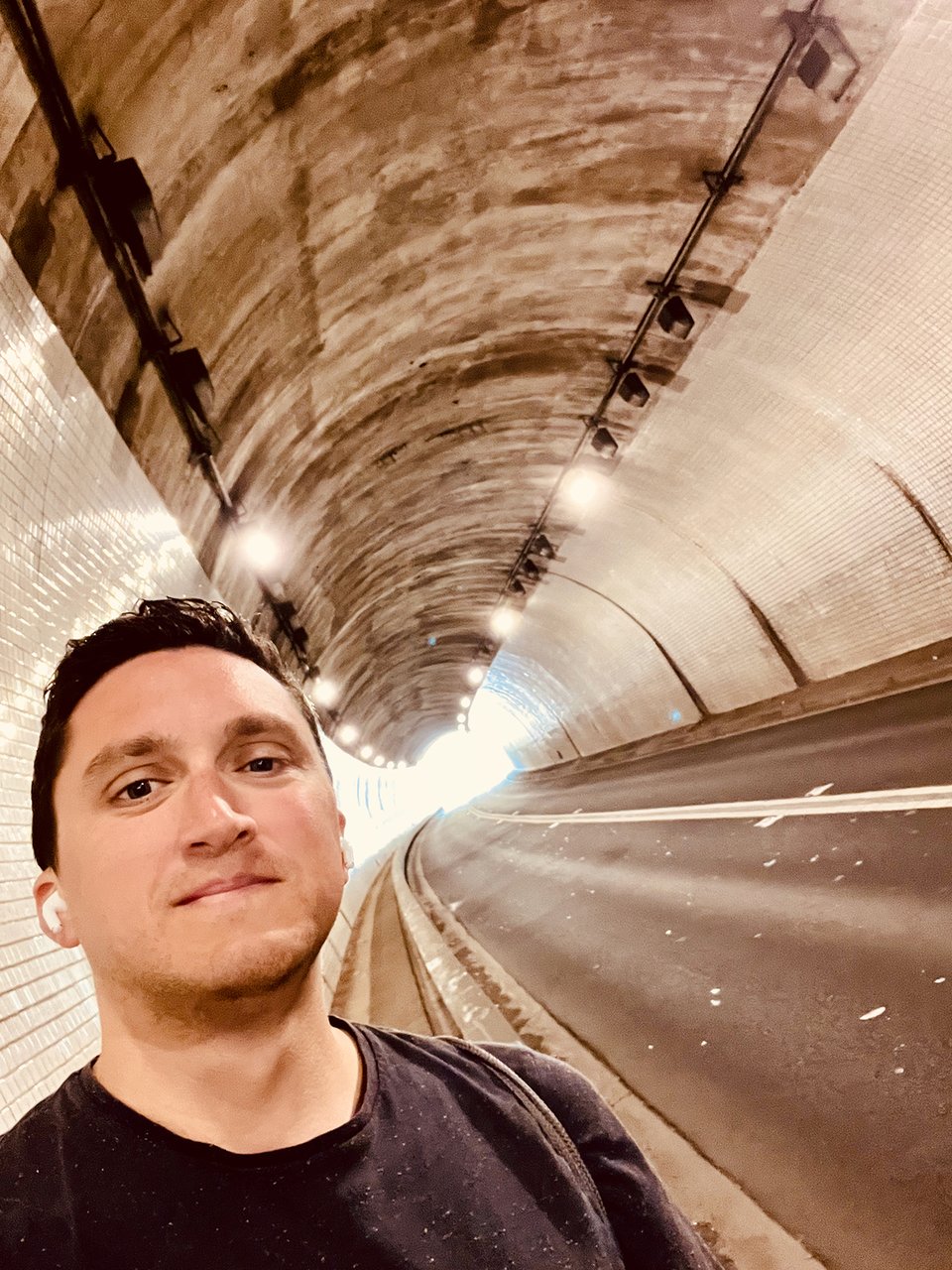

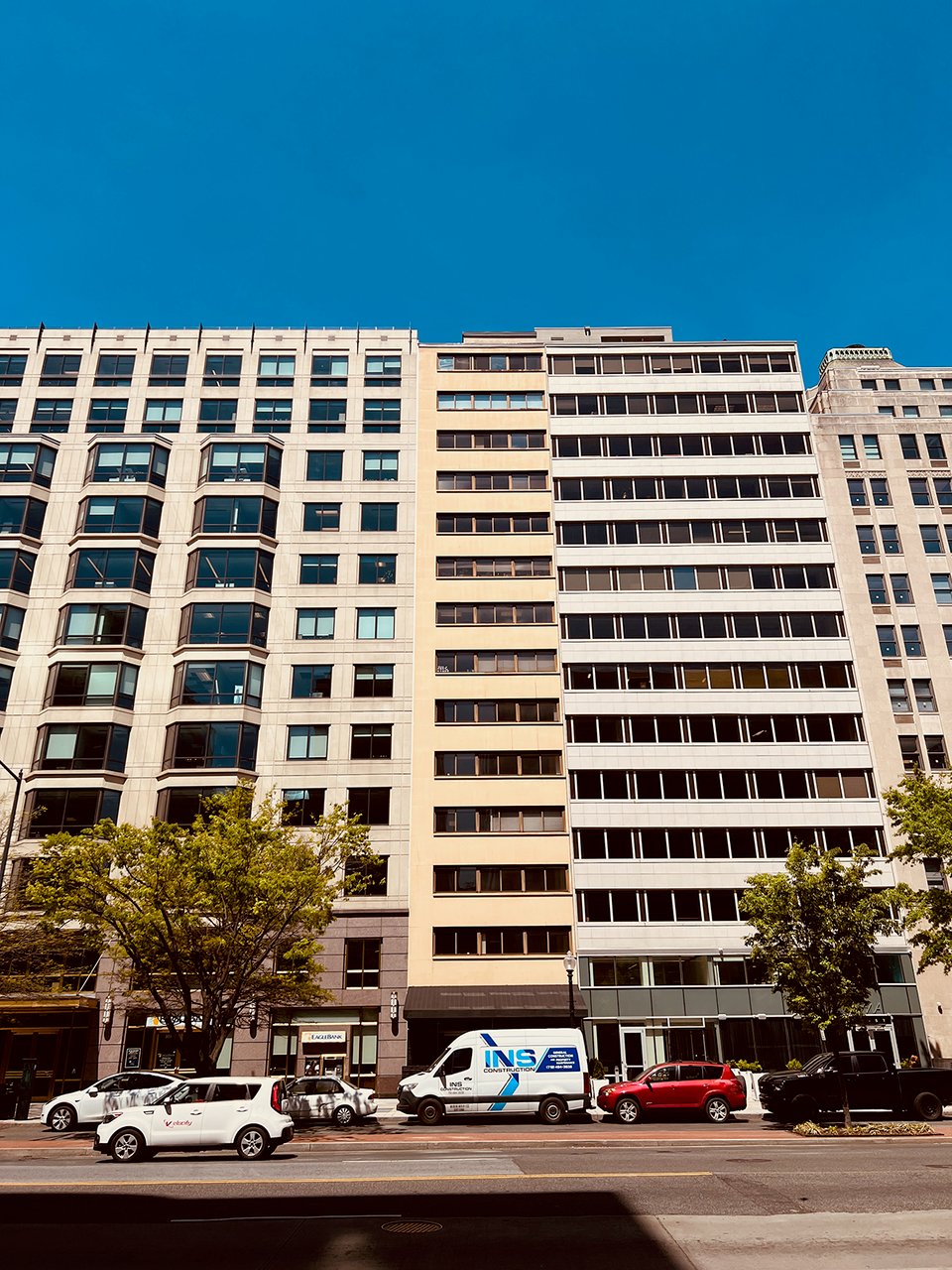
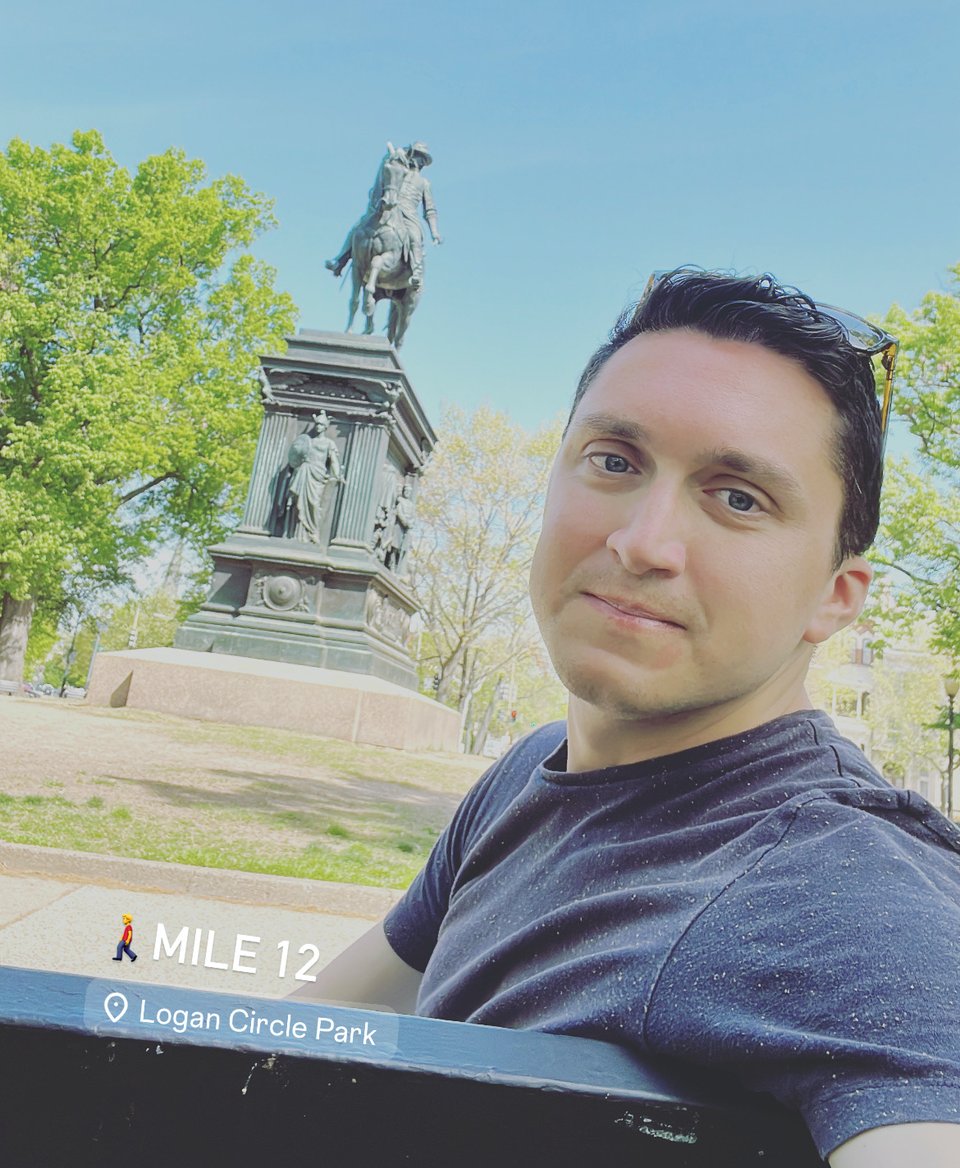
🔗 Assorted Links
- 📝 Agencies’ headquarters in D.C. remained ‘nearly empty’ in 2023, real-estate board finds: Federal agency HQs operated at 12% of their estimated capacity, on average, much of last year. (Federal News Network)
- 📝 Can college students fill vacant offices? Why so many universities are building D.C. outposts. (Politico)
- 📝 The Capital Pride Parade Won’t Go Through Dupont Circle This Year: The new route runs from 14th Street to downtown D.C. (Washingtonian)
- 📝 I'm fed up, I'm tired of waiting on you. Fans sue Madonna, alleging her notoriously late start times constitute "unconscionable, unfair, and/or deceptive trade practices." (WTOP)
- 📺 Bill introduced to rename Rock Creek Park. Earmarking more funds for capital improvements in the park would be better use of political capital. (Fox 5)
- 📝 Are there really more things going wrong on airplanes? Noticing more problems with Boeing planes doesn’t mean there are actually more problems with aviation safety. (Vox)
- 📝 Why cars on America’s roads have gotten bigger and heavier: The Feds have showered SUVs and large trucks with regulatory privileges: looser pollution controls, tariffs on smaller trucks, tax deductions only for heavy vehicles, and myopic safety ratings. (Vox)
- 📝 These Voters Haven’t Missed an Election in at Least 50 Years: A relatively small share of voters participate in off-year elections, and even fewer make a habit of it. Counties in Pennsylvania honor voters who show up every time. (New York Times)
- 📝 Tesla Is Not the Next Ford. It’s the Next Con Ed. Is the car company quietly morphing into a electric charging and storage utility? (The Atlantic)
- 📝 AI is coming for the professional class. Expect outrage — and fear. The idea that technological advances favor more skilled workers is a 20th-century phenomenon. (Washington Post op-ed)
📊 The Numbers
Number of fatalities in commercial airline crashes in America in the past 15 years.
- Cited in 📝 Are there really more things going wrong on airplanes? (Vox)
Number of reports of unruly passengers the FAA received last year, down from 2,455 in 2022 and 5,973 in 2021.
- 📝 Source: Unruly Passenger Statistics, Federal Aviation Administration. (Kudos on the pithy URL: faa.gov/unruly)
- Cited in 📝 Unruly Passenger Must Pay United Airlines $20,638 for Disrupting Flight (New York Times)
... of films released between 2010 and 2020 contained an overt sex scene, the lowest decade total since the 1960s.
- 📒 Source: Kate Hagen, “The Playboy Symposium: Sex in Cinema,” Playboy. Dec. 17, 2019.
- Cited in 📝 After Period of Chastity, Hollywood Movies Embrace Sex Again: Studios obsessively focused on PG-13 franchises and animation in recent years, but movies like “Challengers” and “Saltburn” show eroticism has returned. (New York Times)
📨 Letters to the Editor
The High Cost of Free Sodas
One reader responds to the free water and sodas I get at bars:
Drinking is still very big in San Francisco, but a lot of people also don't drink (and generally prefer drugs). Because of this, a lot of events have higher ticket prices and soda water usually costs $3 or $4 with a tip! —Ben
Ben's reply made me realize I contradicted one of my favorite axioms: there's no such thing as a free lunch. My "free" sodas at bars are not free. Paying customers end up paying slightly higher prices to subsidize my my free drinks, much the way society at large subsidizes “free” parking.
Broken Records
I was saying my goodbyes when leaving a bar just after midnight, and one reader said to me, clearly referencing my last newsletter issue:
I hope we didn’t repeat ourselves too much.
🎬 The Wrap
The clock is tick-tocking down on big bad TikTok. I agree with Charlie Warzel’s view that Congress has an unhealthy addiction to this one app:
If you, like me, believe that TikTok is bad in the ways all algorithmic social media is bad, but not uniquely bad—that is, if you believe that the harms presented by social media are complex and cannot be reduced to an Axis of Evil designation—you might very well be furious that the first major legislation against a Big Tech company is, at this point, little more than vibes-based fearmongering.
Will we look back wistfully on TikTok if it’s gone? I doubt it’ll shut down, but on Tuesday I griped to someone about Google’s decision to shut down Google Reader… 11 years ago!
Speaking of nostalgia, a topic I explored in a previous issue, I came across Michael Dougherty’s pithy take on it in the National Review:
I’ve always been convinced that nostalgia is always for the last time you weren’t financially and administratively responsible for your own life. Someone else was paying the bills and filling out the forms. For a lot of Boomers, this was in the 1950s or ’60s. My last days like this were in the late 1990s.